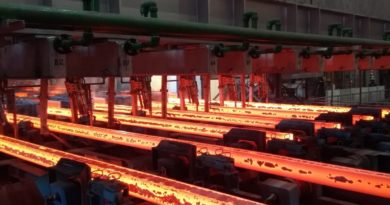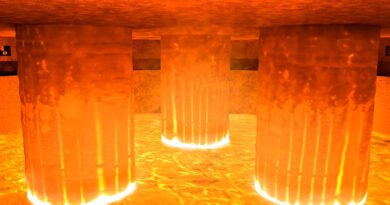Carbon-free steelmaking requires refractories reformulation
Steel and cement producers are planning for increased carbon capture (use) and storage (CC(U)S), and alternative fuels; particularly hydrogen and particularly for steel production which will require refractory reformulation, though it is too early to be specific about impact of hydrogen on refractory raw materials and refractory demand.
Iron ore producers could be a significant new group of refractory customers while EAF steel production (and refractories) will be the highest growth sector from a combination of recycling, emission reduction and potential hydrogen route.
Refractories have a low contribution to steel and cement CO2 emissions (~3% & <1% respectively) and there is a low incentive to reduce high CO2 emission refractory raw materials.
Increased cost/performance will remain the main refractory customer consideration. In some cases, lower burning temperatures may allow use of lower performance refractories and refractory raw materials.
Other factors to impact refractory raw materials include increased costs from reduction of CO2 emissions and/or potential cost of carbon and/or potential carbon border taxes; increased emphasis by customers on local and/or multiple supply routes (also from COVID19); and clinker substitutions in cement, increased EAF and higher steel prices from green hydrogen will reduce overall growth of refractory demand.




